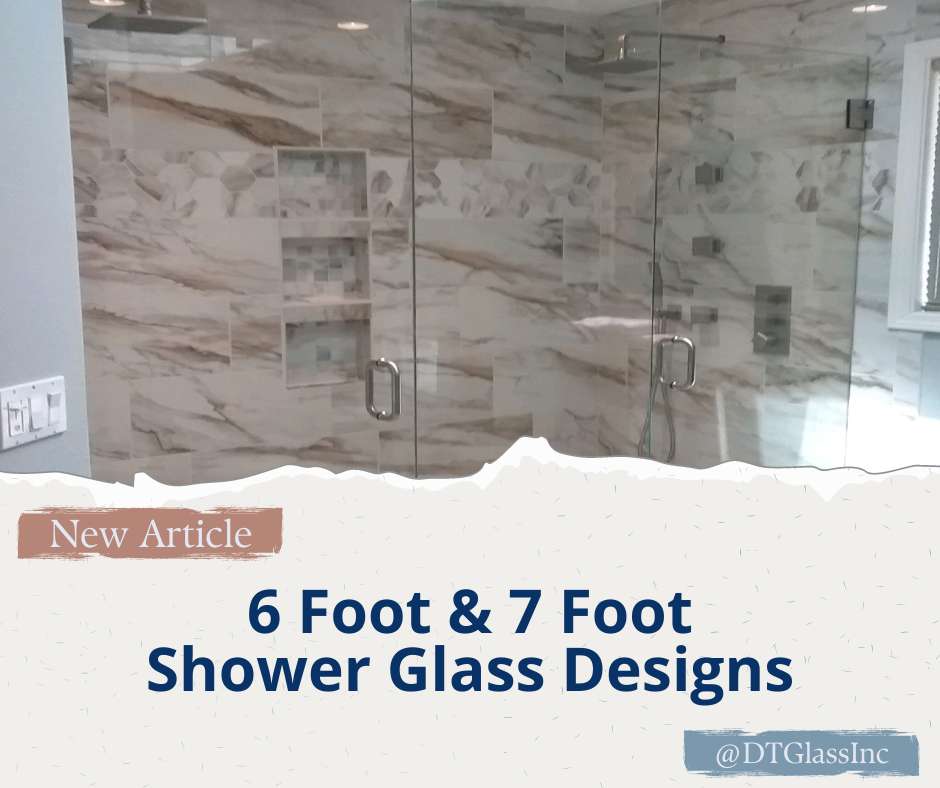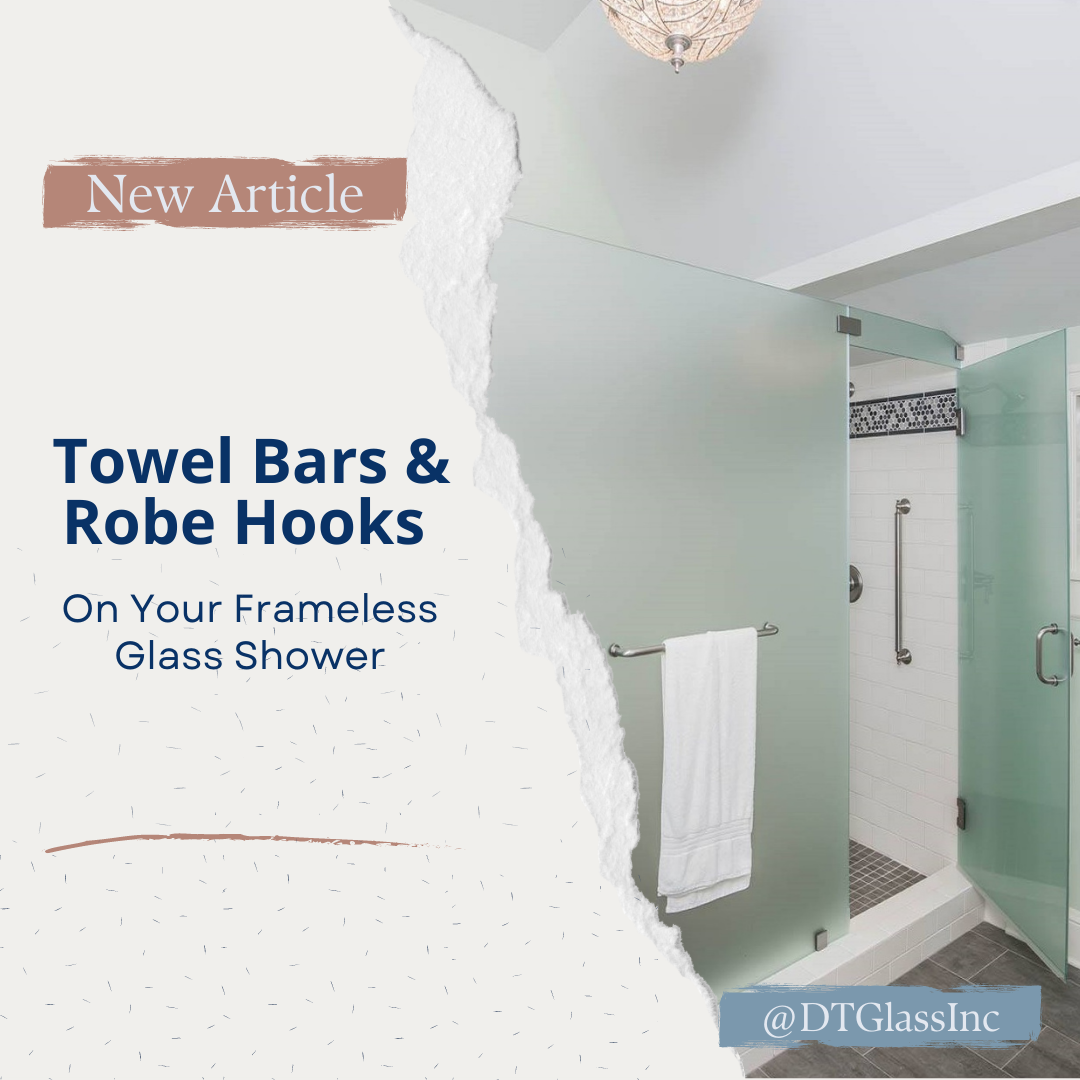
- glass@dtglassinc.com
- (503)-650-6373
Will Your Walk-In Shower Fill You with Bliss or Regret?
By Shannon McKinney – DT Glass, Inc.
Ah, the alure of the walk-in shower…
When I look at walk-in showers, I get the feeling of an effortless life: clean, sleek, sophisticated, care-free living.
My customers respond the same way: staring longingly, talking wistfully about their doorless future.
Then I stop to think about it. Have glass doors been damaging our psyche? Is the glass door reminiscent of a glass ceiling – keeping us from realizing our full potential?
When the decision to create a walk-in shower comes from a concern for mobility issues, then it may be the only choice. But more often the aesthetic is the driver. That’s when I feel the need to question the vision versus the reality to make sure you’ll be happy with the decision.

The 3 problems with walk-in showers:
- They’re cold
- They’re wet
- They increase the potential for water damage
They’re cold. Showering without a door is like showering out in the open air. It might be great in the middle of the summer, but it’s not so great at 6am, in the Pacific Northwest, in the middle of winter. You can know that hot air rises without necessarily recognizing that cold air streams in to takes up the empty space. This cycle provides a continuous cold breeze throughout your shower.
They’re wet. Yes, of course a shower is wet in the shower, but a shower without a door might be wet all over the place. It can be surprising to learn how much water bounces off floors, walls, and your body, into unintended areas of the bathroom. Pay special attention to the use of a shower wand and how a flick of the wrist could send the shower spray across the room!
Potential for water damage. Water is always tricky to control and predict. The best way to ensure that over-spray doesn’t cause damage is to waterproof far beyond the shower area. At a minimum, the waterproofing under the floor and the tile on the walls should extend several feet. An even better idea is to create a wet-room, where the entire space is impenetrable to water.
What steps can you take to maximize the enjoyment of your walk-in shower?
Consideration of water flow is crucial to the design. Using rain shower heads can help to direct the water spray down instead of out.
Pay attention to the location of the shower controls. The best place to put a panel is usually right next to the shower head, but the controls should be located near the opening and away from the shower spray.
A nice way to ward off the cold is to install heated floors. Floor heat can be run all the way into the shower, but leave space for the glass attachment.

Still want to move forward? My last tip is to build in a “Plan B”. About 40% of our customers who install a shower without a door come back to add the door later. Planning for a walk in shower that could be easily modified to add a door means there’s no risk to moving forward with the walk-in design. Your bliss is guaranteed…one way or another.
At DT Glass one of the valuable services we provide to our customers is assisting with design. We can be involved in the planning stages to find the best approach for your shower, your bathroom, and your lifestyle. Let’s work together to reduce the chance of regret and maximize the bliss!




























